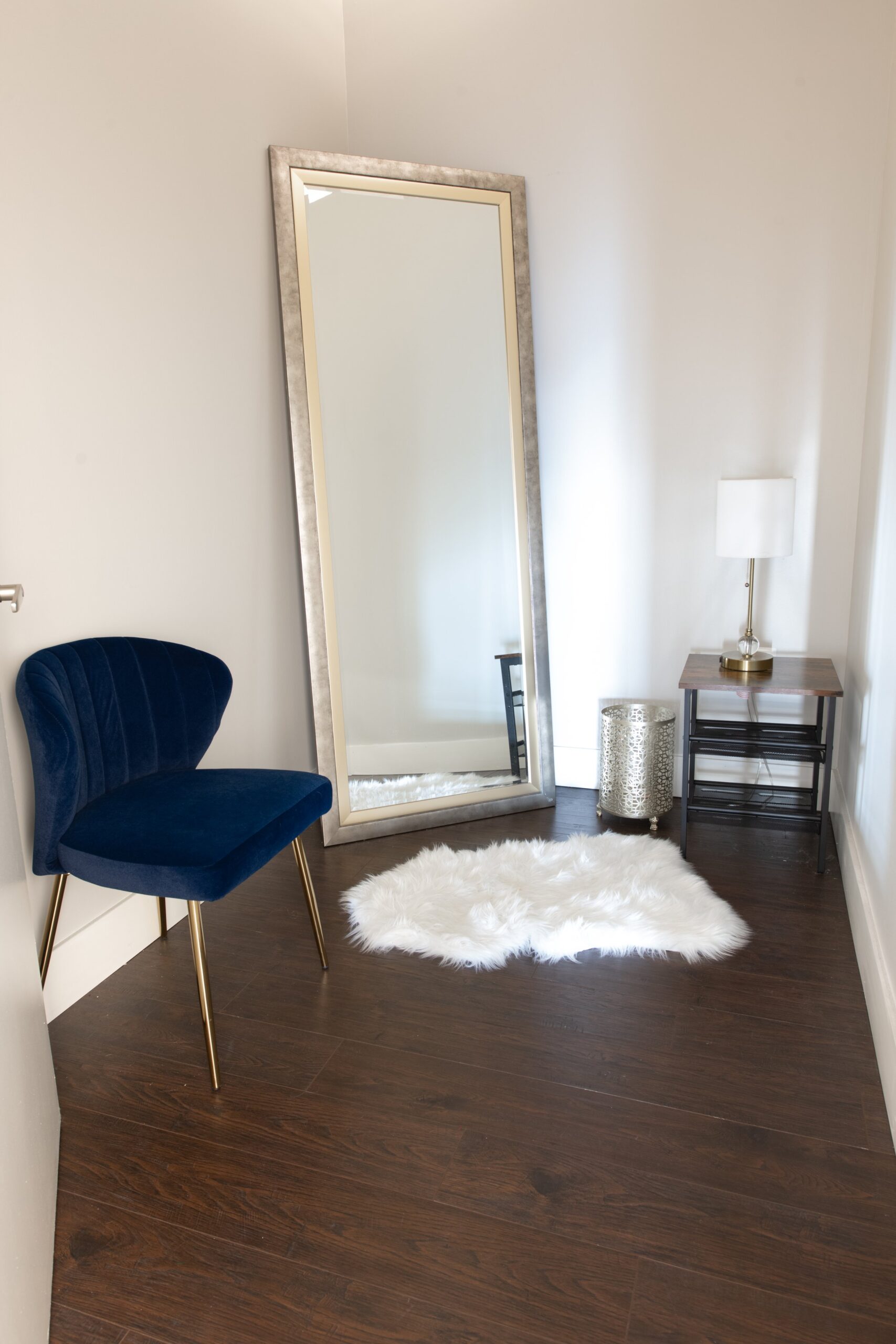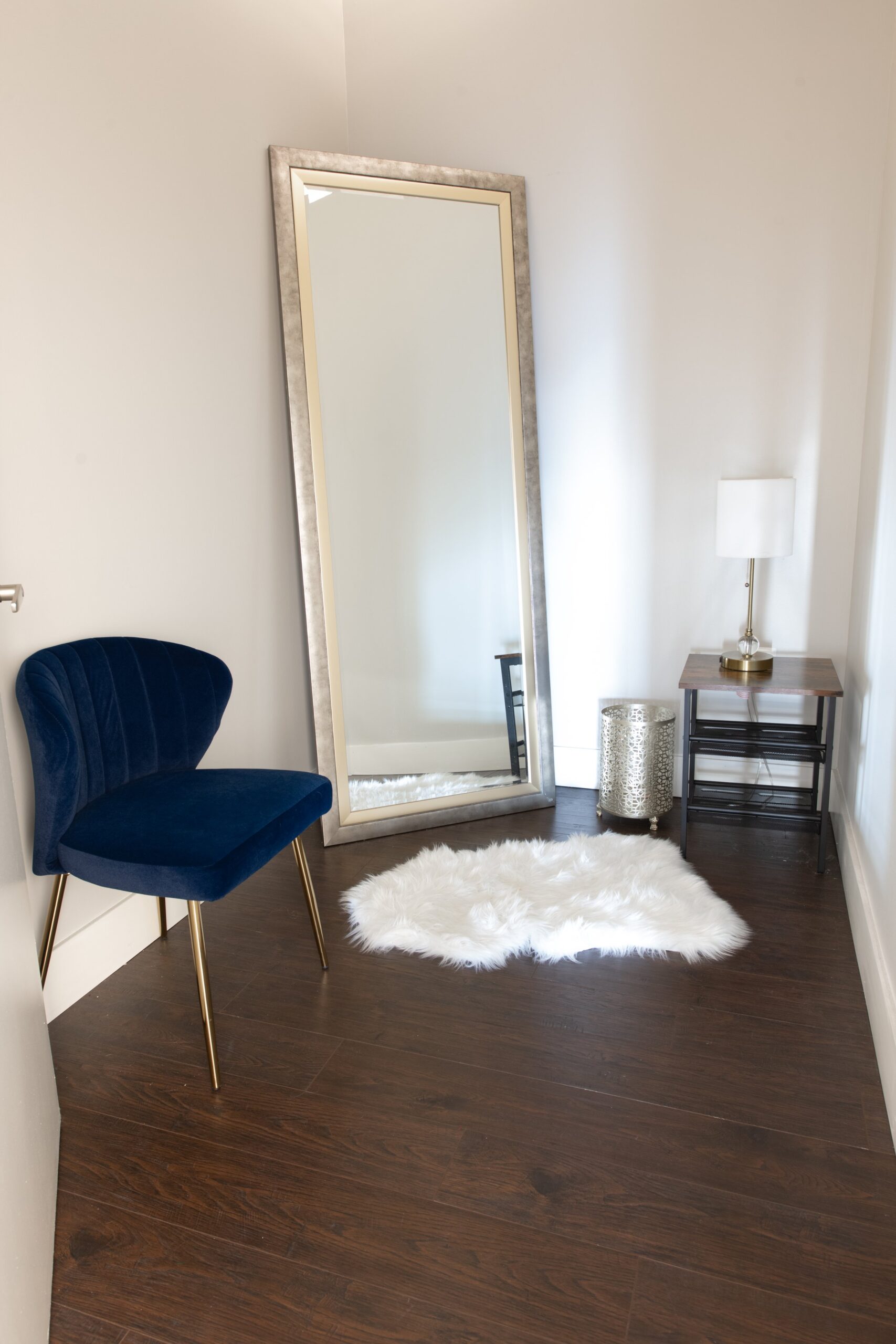Creating a home studio setup on a budget can be a daunting task, but with a little bit of planning and some creative thinking, it is definitely possible. Here are some tips for setting up a home studio on a budget:
Determine your budget: The first step in setting up a home studio on a budget is to determine how much money you can realistically spend. This will help you prioritize what equipment you need and what you can live without.
1. Choose the right space: The next step is to choose a space in your home that is suitable for recording. A small room with minimal echo and ambient noise is ideal. If you don’t have a dedicated space, consider using a closet or even setting up a temporary recording booth using blankets and foam panels.
2. Choose the right space: The next step is to choose a space in your home that is suitable for recording. A small room with minimal echo and ambient noise is ideal. If you don’t have a dedicated space, consider using a closet or even setting up a temporary recording booth using blankets and foam panels.
3. Invest in a good microphone: A good microphone is an essential piece of equipment for any home studio. While there are many affordable options on the market, it is worth investing in a high-quality microphone that will capture clear, rich audio.
4. Use your computer as a recording interface: If you don’t want to invest in a separate recording interface, you can use your computer as one. Most computers come with a built-in microphone and a program like Audacity that can be used for recording and editing audio.
5. Use your smartphone as a secondary microphone: If you need to record a conversation or an interview, you can use your smartphone as a secondary microphone. Simply download a recording app and hold the phone close to the speaker.
6. Use free software: There are many free software programs available that can be used for recording and editing audio. Audacity is a popular choice, but there are also other options like Ocenaudio and WavePad.
7. Invest in headphones: A good pair of headphones is essential for monitoring your recordings. While you can use the headphones that came with your phone or computer, investing in a pair of studio headphones will give you a more accurate representation of what your recording sounds like.
8. Use foam panels to reduce echo: If you are recording in a room with a lot of echo, you can use foam panels to absorb sound and reduce the echo. These panels are relatively inexpensive and can be easily mounted on walls or ceiling.
9. Use a pop filter: A pop filter is a simple screen that sits between the microphone and the speaker. It helps to reduce pops and clicks that can occur when speaking or singing into the microphone.
10. Be creative: Finally, don’t be afraid to think outside the box and come up with creative solutions to your recording needs. A little bit of ingenuity can go a long way when it comes to setting up a home studio on a budget.
In conclusion, setting up a home studio on a budget requires some planning and creativity. By determining your budget, choosing the right space, investing in a good microphone, and using free software and other creative solutions, you can create a functional and affordable home studio setup.







Read the Comments +